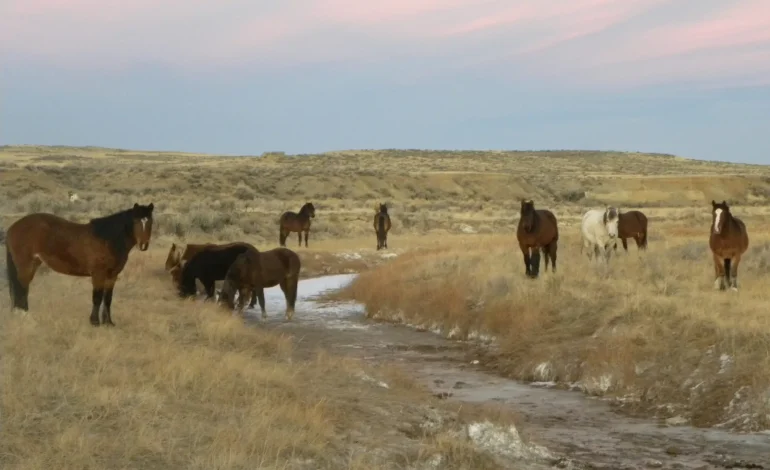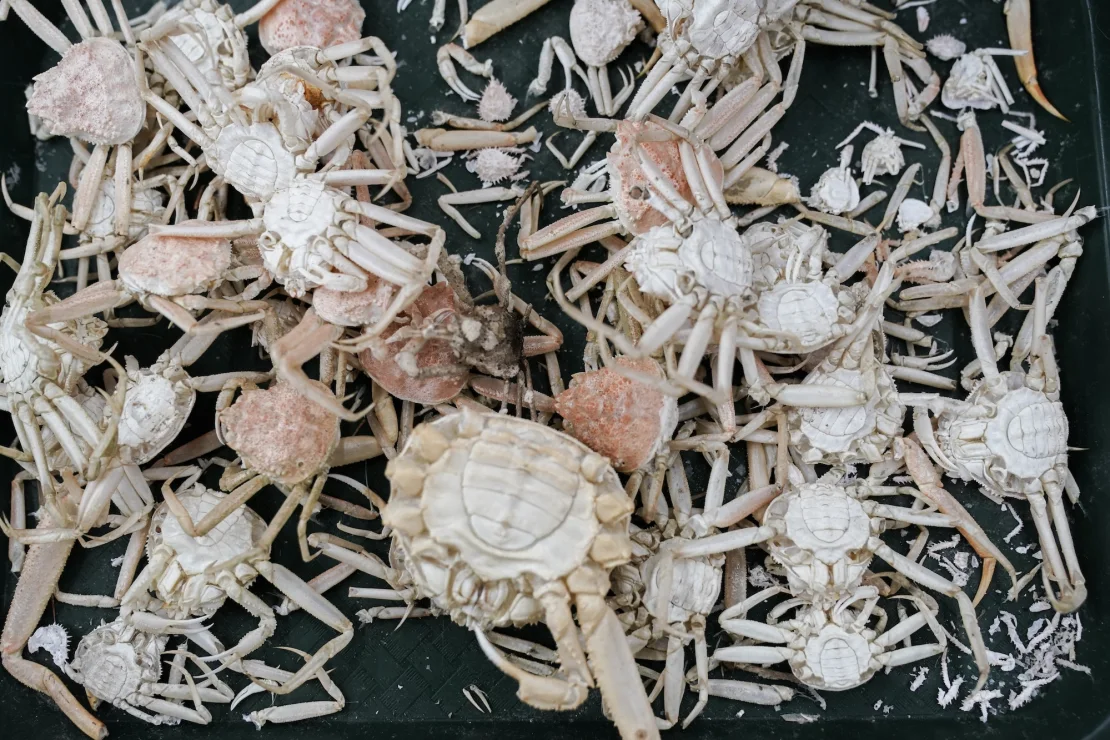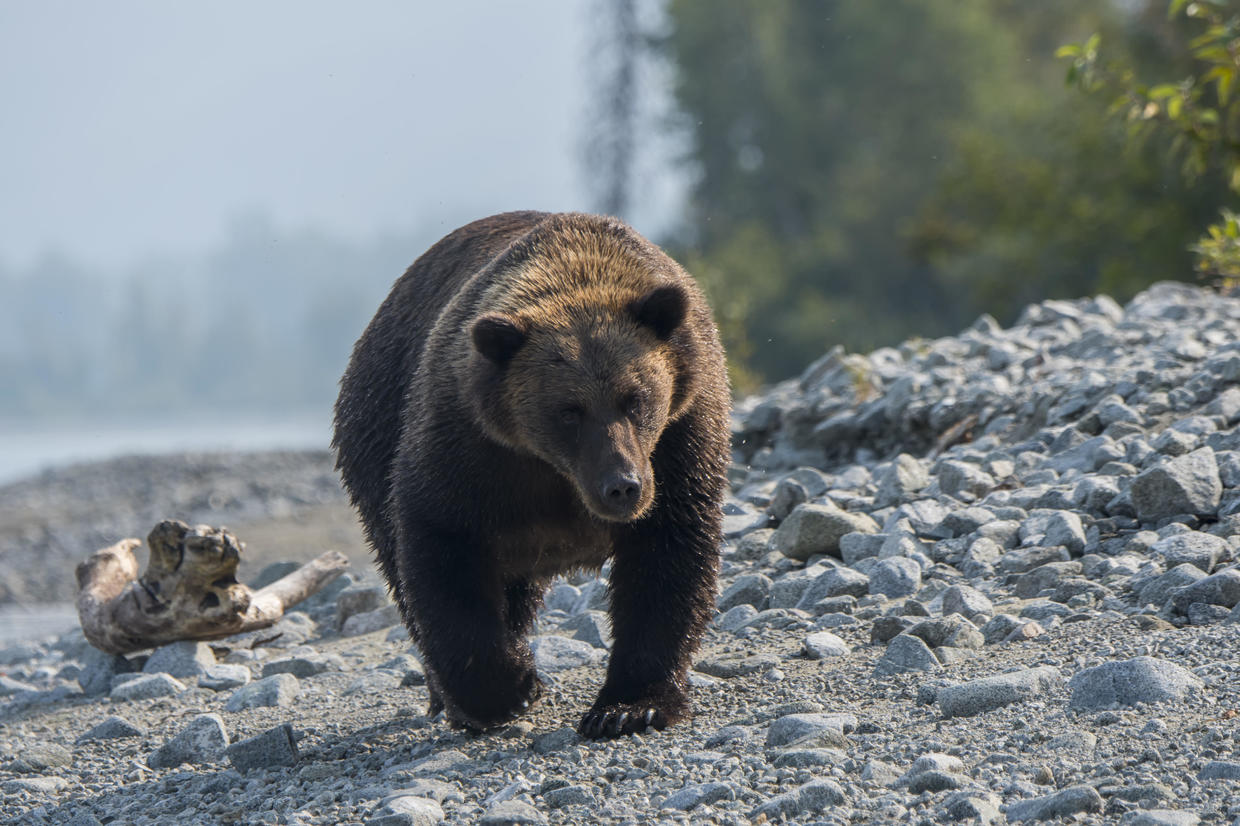Wild Horses in the West Aren’t Picky Eaters

The original story by for WyoFile.
When Courtney Buchanan set out across the sagebrush West at the height of the pandemic, she lived out of a truck, slept where the day ended, and cooked on a propane stove. Her quarry wasn’t the horses themselves so much as what they left behind. Bag by bag, she collected dung from free-roaming herds across seven states — including Wyoming’s Adobe Town, Green Mountain and McCullough Peaks — to answer a simple question with big implications: what are these horses actually eating?
Back in the lab at the University of Wyoming, Buchanan and her adviser, ecology professor Jeff Beck, put those samples through DNA metabarcoding, a technique that can ID plant families inside, well, poop. The picture that emerged — published in Rangeland Ecology and Management — wasn’t the old “horses are pure grazers” stereotype. It was a smorgasbord.
Diet varied wildly by place and season. Some herds did stick mostly to grasses (the Poaceae family) all year. Adobe Town, long at the center of Wyoming’s checkerboard land dispute, was a textbook grazer. But elsewhere, grasses made up less than half the menu, especially in winter. The famously photogenic McCullough Peaks herd near Cody bulked up on legumes in summer, then pivoted to chenopods — think spinach-adjacent shrubs — when the snow came. Down in southern Utah’s North Hills, the leanest horses Buchanan saw were still hammering grasses in both seasons.
That flexibility shows up on the hoof.
“The McCullough Peaks horses were in the best condition of any I visited,” Buchanan said. “Out on the range, some were actually overweight — fat, chunky horses.”
She found plenty of good body condition across the West, too, which helps explain why free-roaming horse and burro numbers — about 73,000 by recent counts — sit at nearly triple federal management targets. If you can swap menus as the landscape changes and still hold your weight, you’re built for boom times.
There’s a management edge to the findings. Beck’s team has spent years documenting how overabundant horses can squeeze sensitive wildlife like sage grouse. This diet study adds a seasonal wrinkle: while deer and pronghorn favor woody browse, winter is when menus blur and competition for scarce plants could sharpen. Knowing who eats what — and when — gives range managers a better chance to balance free-roaming horses, livestock and wildlife without leaning only on assumptions from decades-old research.
Buchanan is careful about caveats. Each herd’s samples capture a snapshot — a few days in a long year. And the genetics can reliably pin plant families, not always species. But the headline isn’t subtle. Across 16 herds from Wyoming’s high basins to the red deserts farther south, wild horses are opportunists. They’ll take what the range gives, switch when they need to, and, more often than not, keep their ribs well covered.









The latest news in your social feeds
Subscribe to our social media platforms to stay tuned